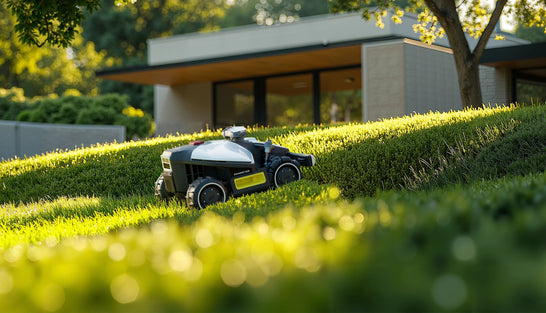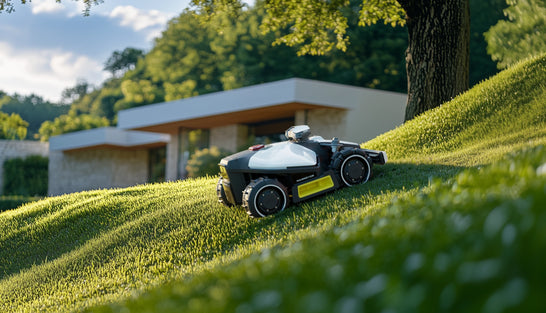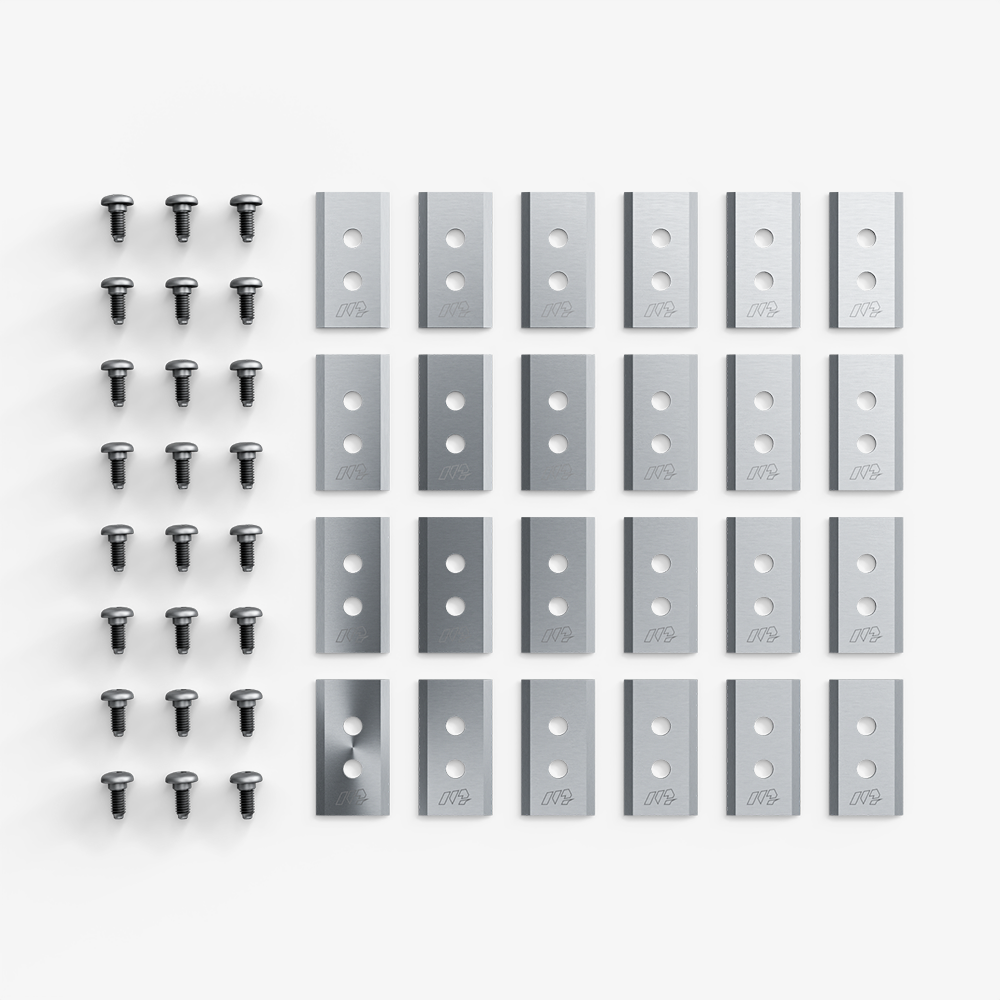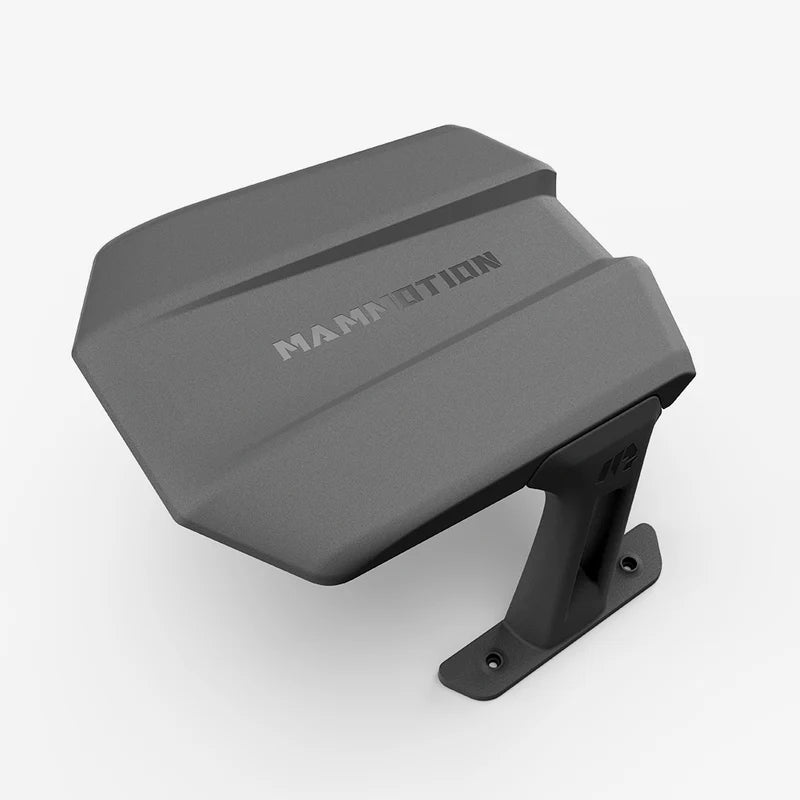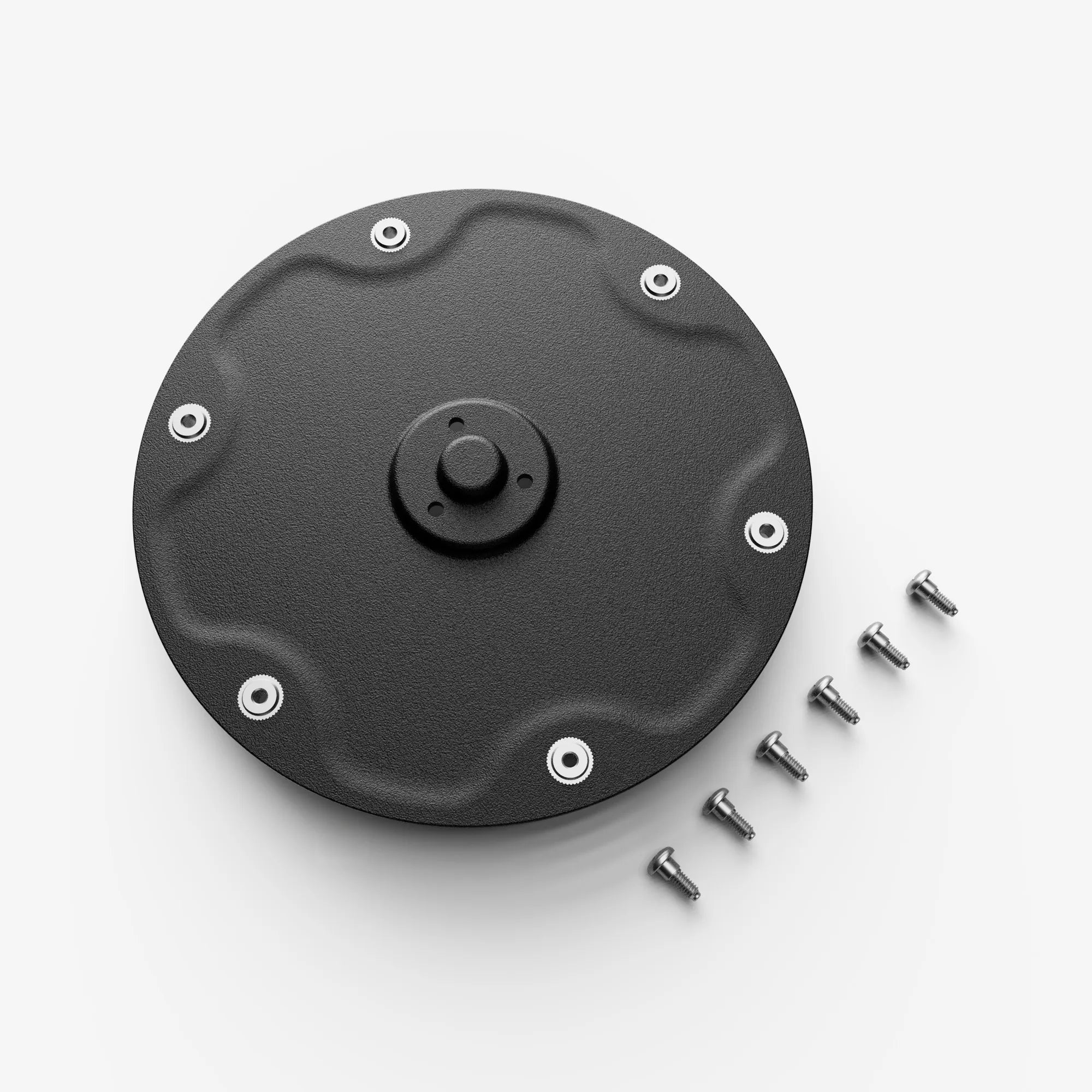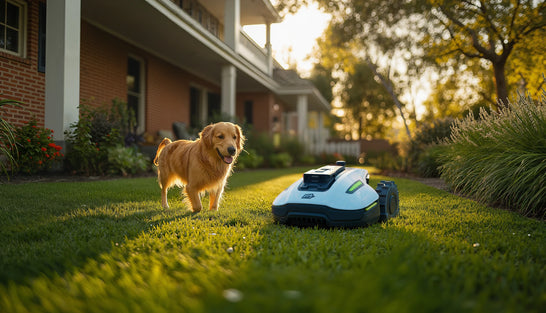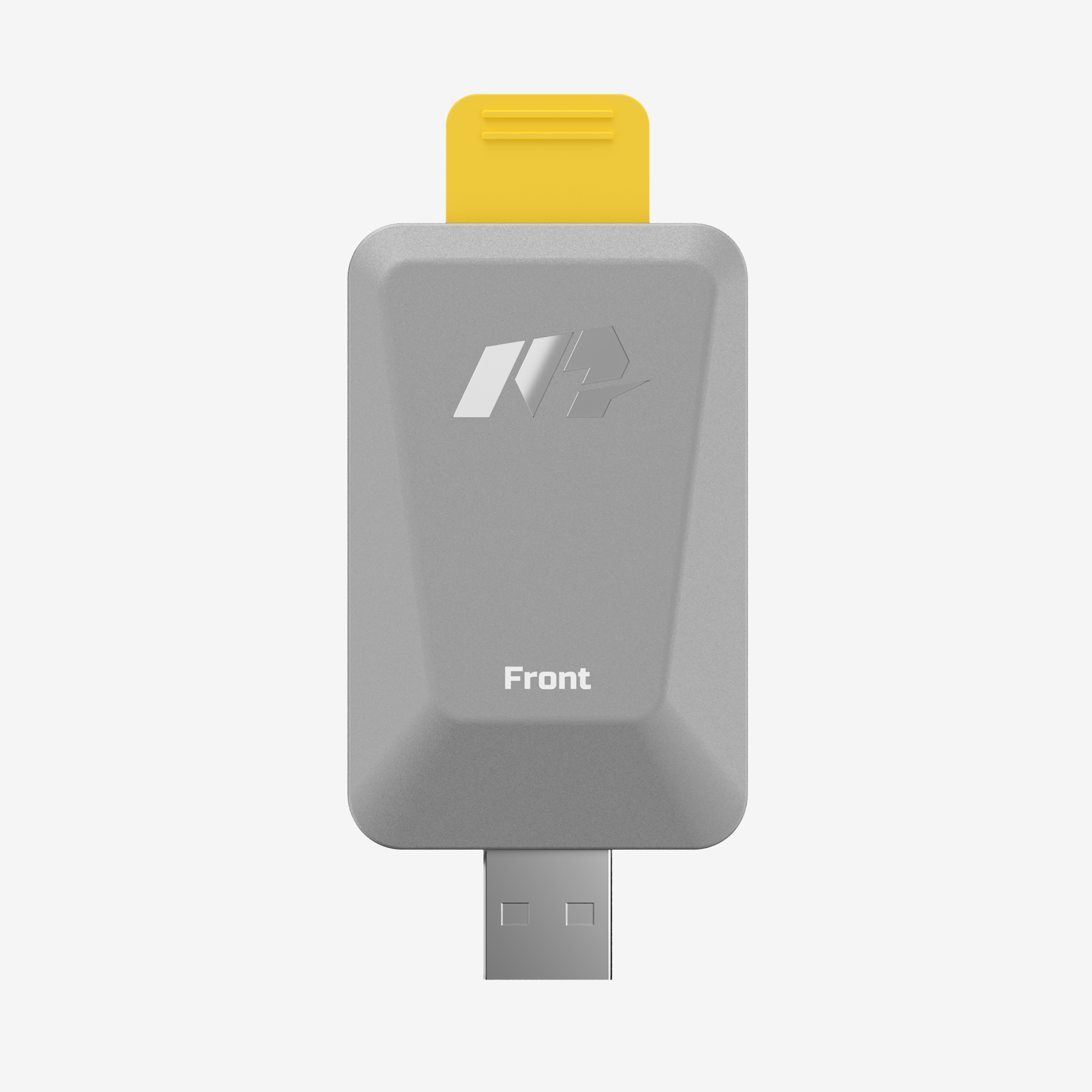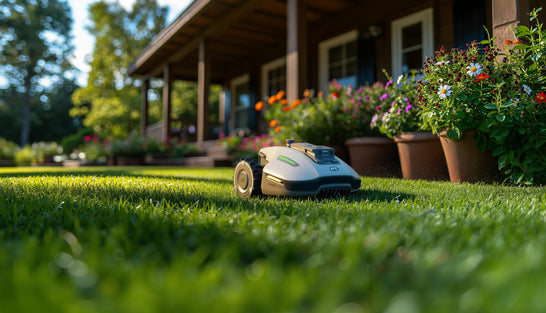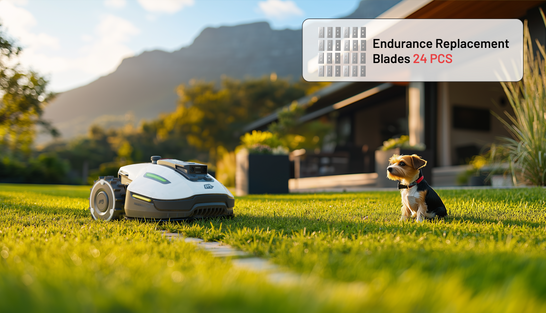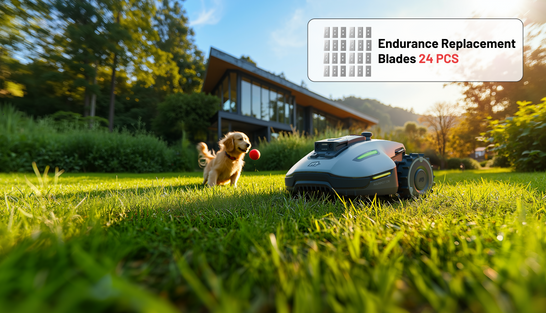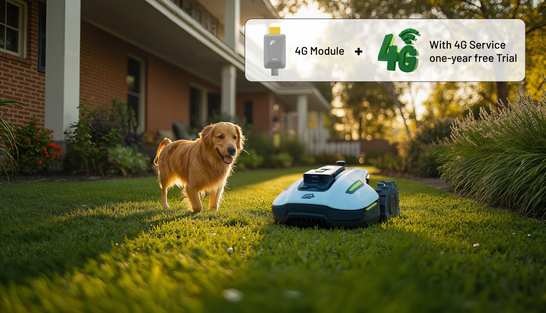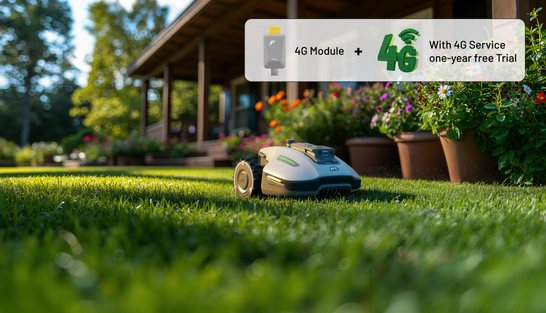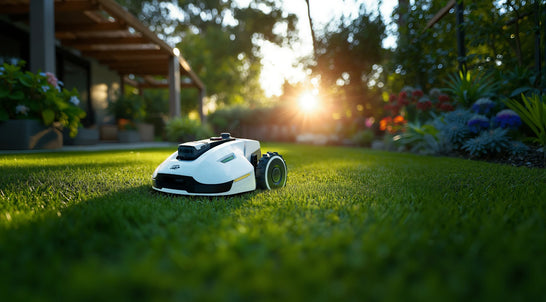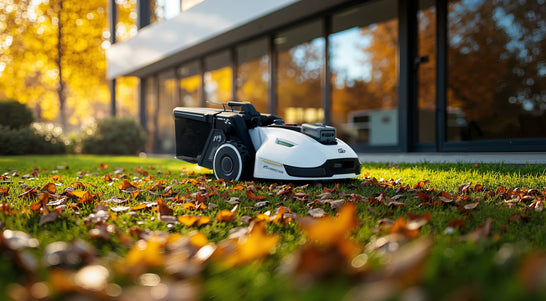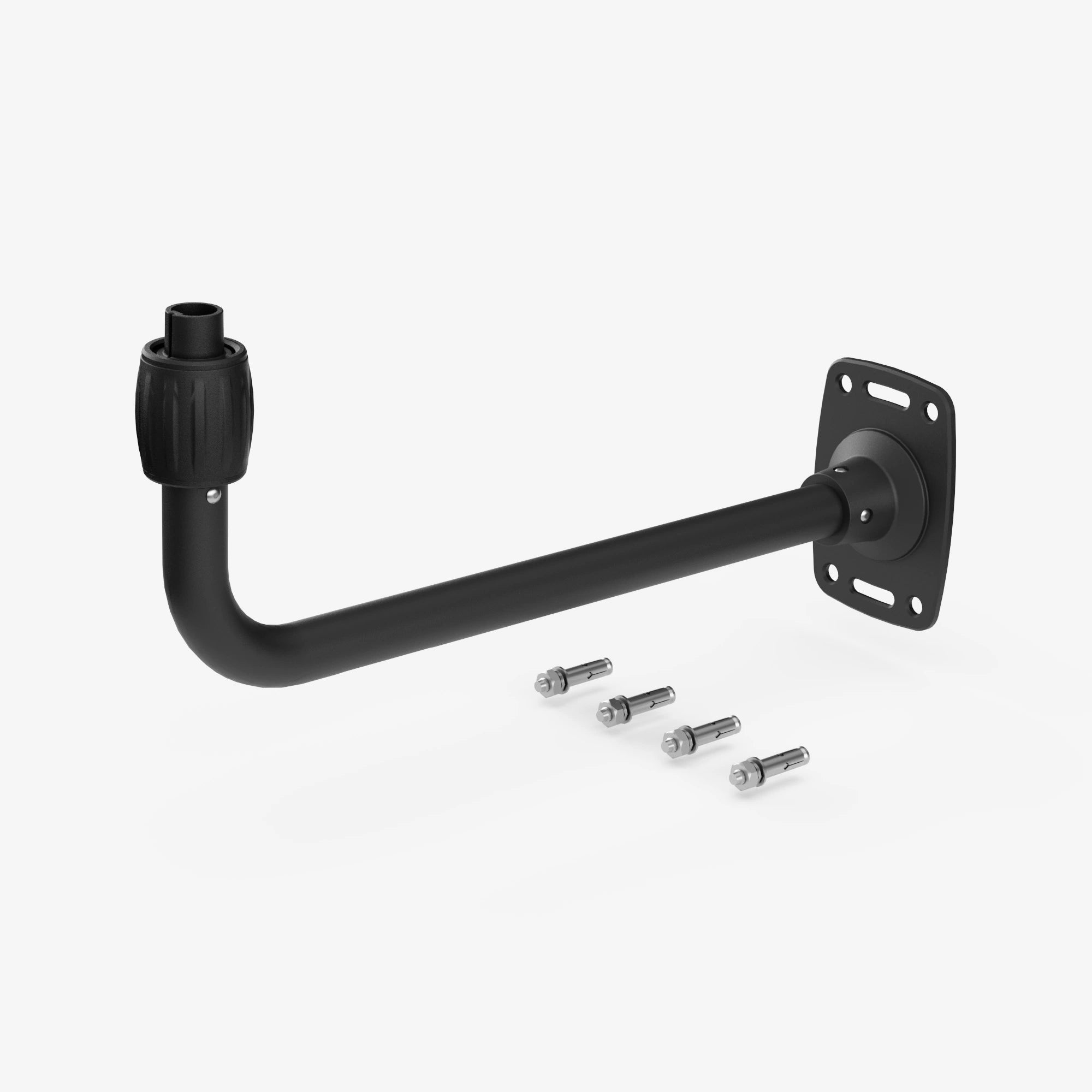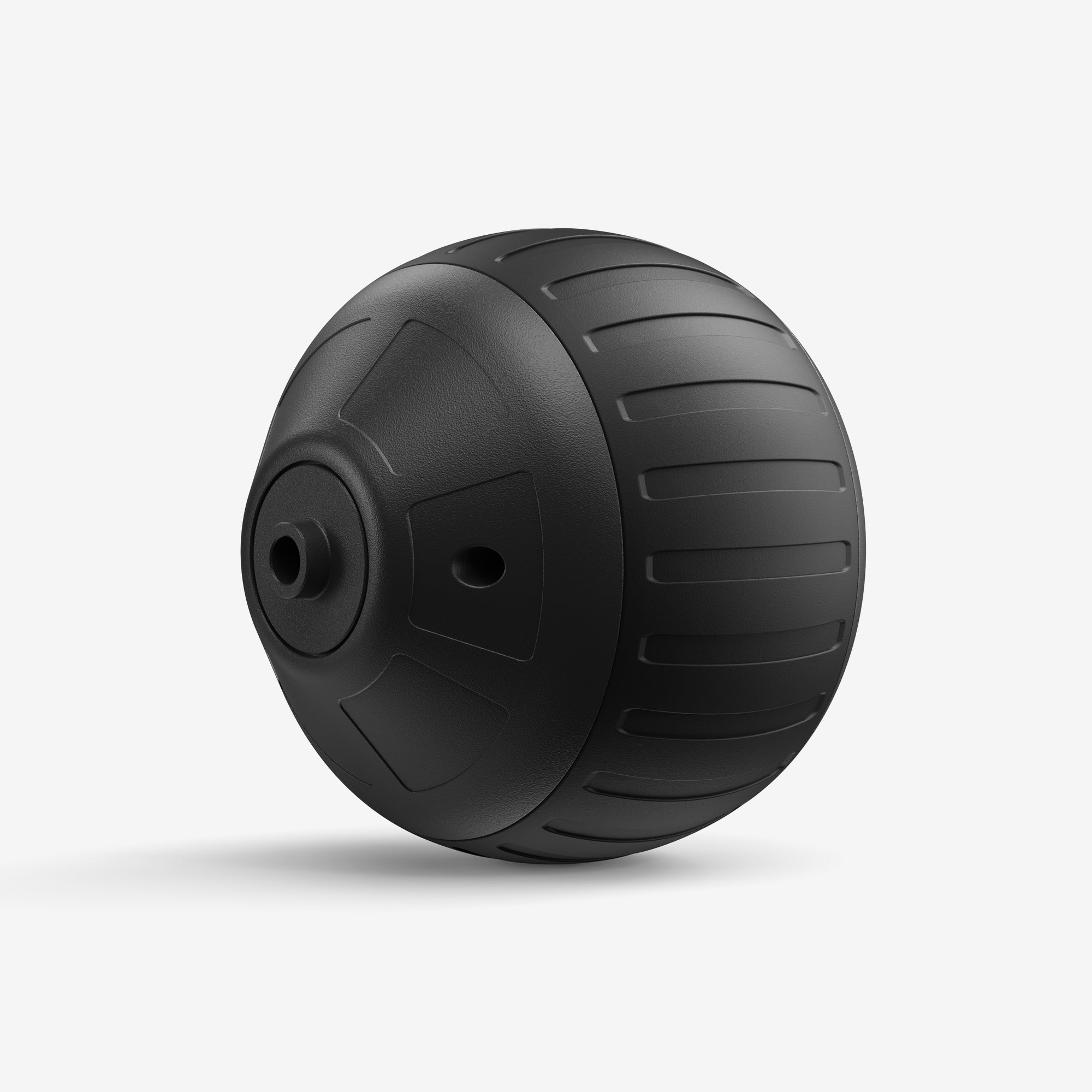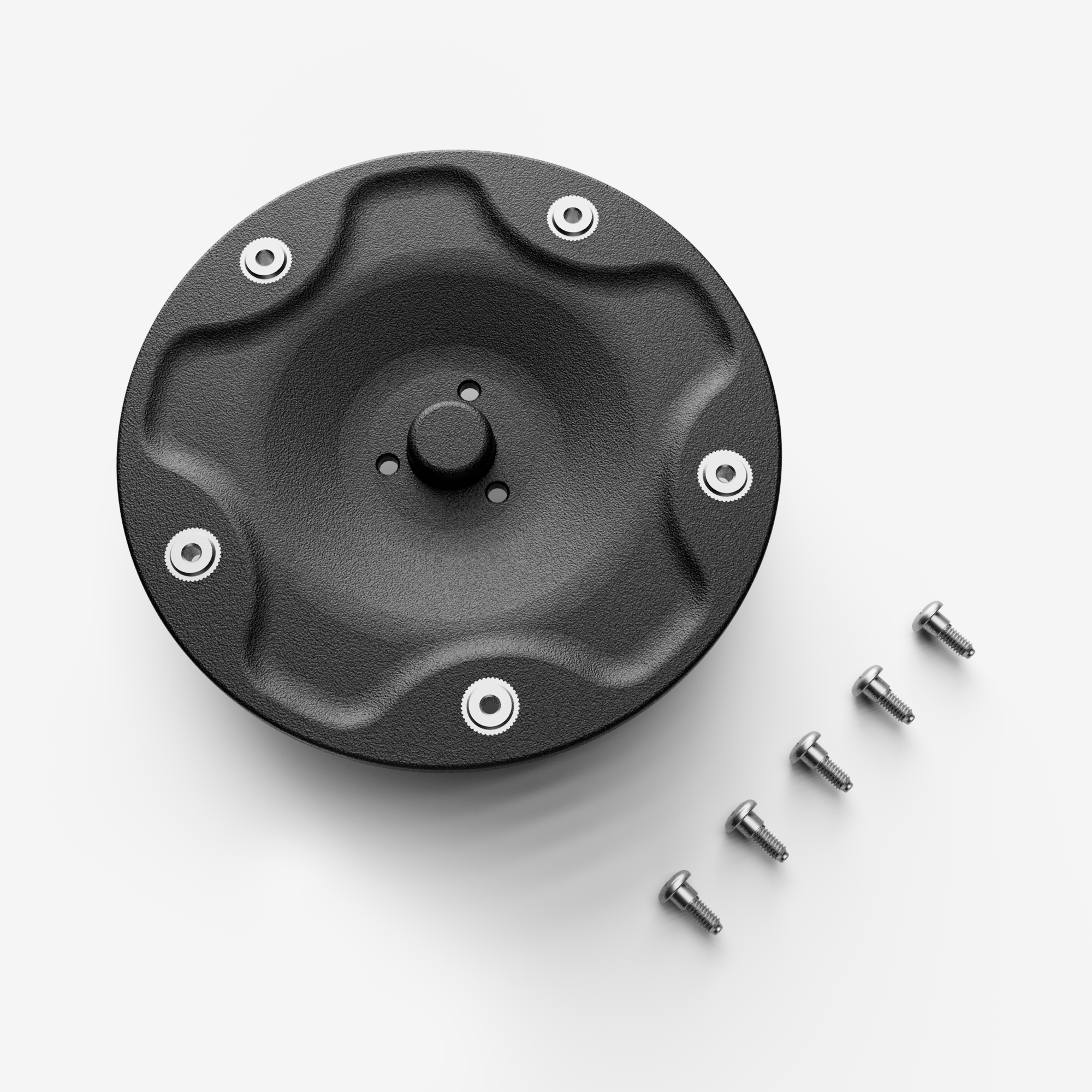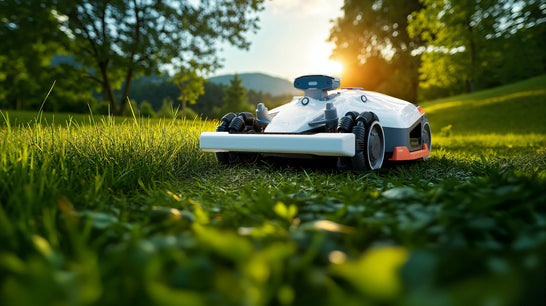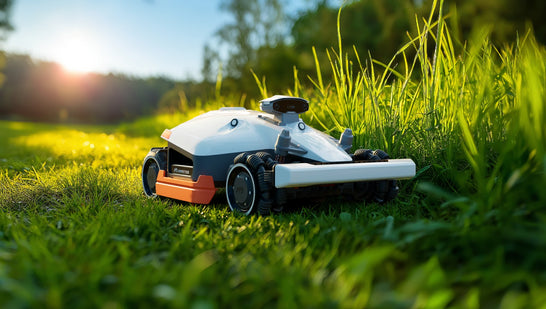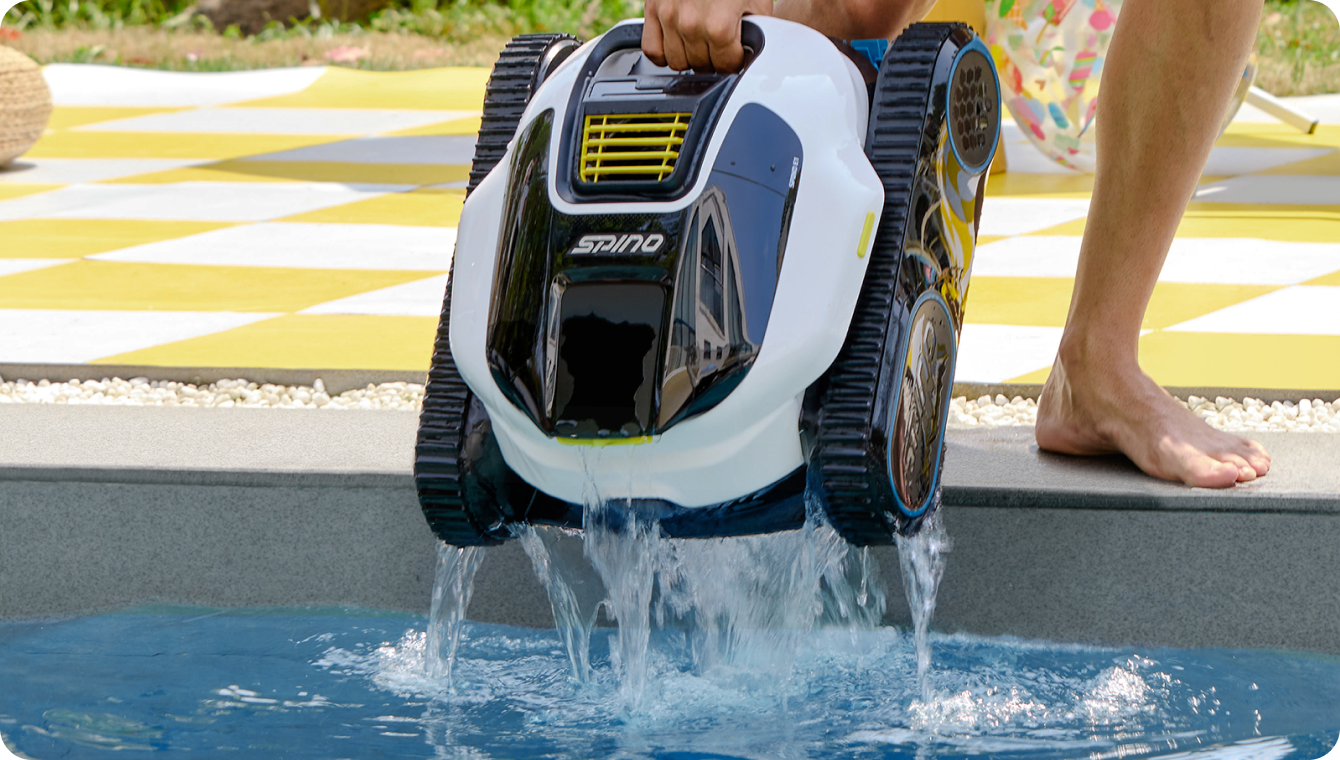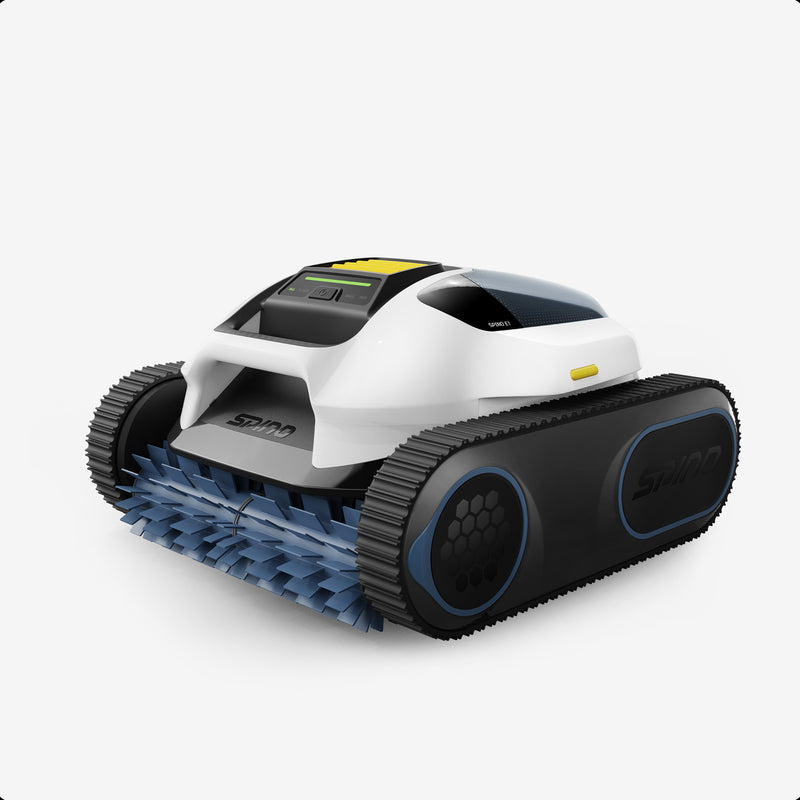Keeping a swimming pool clean can be a time-consuming and physically demanding task. That’s why more and more pool owners are turning to automatic pool cleaners as a hands-free solution to maintaining sparkling, debris-free water. But with different types of cleaners on the market—robotic, suction-side, and pressure-side—each with their own strengths and weaknesses, it’s natural to wonder: Are they really worth the investment?
In this article, we’ll break down the pros and cons of each type of automatic pool cleaner, helping you understand which one fits your pool, your lifestyle, and your budget. Whether you’re a first-time buyer or looking to upgrade from manual cleaning, this guide will give you a clear comparison so you can make the smartest choice for your backyard oasis.
Let’s dive in.
3 Main Types of Automatic Pool Cleaners
Before diving into the pros and cons, it’s important to understand the key differences between the three main types of automatic pool cleaners. While all of them are designed to reduce the manual labor involved in keeping your pool clean, they operate in distinct ways and offer varying levels of performance, efficiency, and cost.
1. Robotic Pool Cleaners
Robotic cleaners are the most advanced and self-contained type. These units run independently of your pool’s filtration system and are powered by electricity. Most models feature powerful onboard motors, advanced navigation, and built-in filtration systems. Some high-end models even come with smart app control, programmable cleaning cycles, and waterline cleaning.
Ideal for: Pool owners looking for a plug-and-play solution with the best performance and energy efficiency.
2. Suction-Side Pool Cleaners
Suction-side cleaners connect directly to your pool’s existing skimmer or suction port. They use the suction power of your pool’s pump to move around and collect dirt and debris. These are usually the most budget-friendly option, but they rely heavily on your pool’s pump and filter system to function properly.
Ideal for: Smaller pools with light to moderate debris and pool owners who prioritize affordability.
3. Pressure-Side Pool Cleaners
Pressure-side cleaners use water pressure from the return line to move around the pool. Some models require a separate booster pump for optimal performance. They are great at picking up larger debris like leaves and twigs, and they usually include a filter bag so they don’t rely on your pool’s filtration system.
Ideal for: Larger pools or outdoor pools surrounded by trees and heavy debris.
Now that we’ve covered the basic differences between these three types, let’s break down the pros and cons of each—starting with robotic pool cleaners.
Robotic Pool Cleaner: Pros & Cons
Robotic pool cleaners are the most technologically advanced option on the market—and often the most sought-after. These independent machines are fully electric and operate separately from your pool’s pump and filtration system. With intelligent navigation, powerful scrubbing capabilities, and energy-efficient motors, robotic cleaners deliver high performance with minimal hassle.
Let’s take a closer look at what makes robotic pool cleaners stand out—and where they may fall short.
Pros of Robotic Pool Cleaners
1. Exceptional Cleaning Performance
Robotic cleaners are equipped with strong suction motors, rotating brushes, and built-in filtration. They can scrub floors, walls, and even the waterline with precision, capturing everything from fine dust to leaves and algae.
2. Energy Efficient
Unlike pressure- or suction-side cleaners that depend on your pool pump, robotic cleaners use low-voltage power directly from an outlet. This translates to significantly lower energy consumption—often just 5–15 cents per hour.
3. Easy to Use and Maintain
Most robotic cleaners are plug-and-play. Just drop the unit in the pool, press a button, and let it do the work. Debris is collected in an onboard filter basket that can be easily removed and rinsed.
4. Smart Features & App Control
Many modern models include Bluetooth or Wi-Fi connectivity, allowing users to schedule cleanings, choose cleaning modes, or even steer the robot via a smartphone app.
5. Reduces Wear on Pool Equipment
Since robotic cleaners operate independently of the filtration system, they don’t put extra strain on your pump or filter, potentially extending the life of your pool’s core equipment.
Cons of Robotic Pool Cleaners
1. Higher Upfront Cost
Robotic cleaners are the most expensive type of automatic pool cleaner, with quality models typically starting around $600 and reaching up to $1,500 or more.
2. Can Be Heavy
Some models, especially those designed for large pools, can be bulky and heavy to lift out of the water after a cleaning cycle.
3. Doesn’t Always Handle Steps or Ledges Well
Although robotic cleaners are great on floors and walls, they may not be as effective at navigating steps, tanning ledges, or tight corners—especially if the pool shape is irregular.
4. Requires Regular Basket Cleaning
To maintain optimal performance, you’ll need to empty and rinse the onboard filter basket frequently, especially after cleaning a pool with a lot of debris.
5. Initial Setup & Learning Curve
While generally user-friendly, new users may need time to understand optimal placement, cord management (for corded models), and programming settings.
Suction-Side Pool Cleaner: Pros & Cons
Suction-side pool cleaners are often considered the most budget-friendly option, making them especially attractive for first-time pool owners. These cleaners attach to your pool’s skimmer or dedicated suction line and use the suction power of your pool’s pump to move around and vacuum up debris.
They’re relatively simple to operate—but that simplicity comes with trade-offs.
Pros of Suction-Side Pool Cleaners
1. Affordable Entry Price
Suction-side models are generally the least expensive type of automatic pool cleaner, with many decent options available for under $300. This makes them a good starting point for budget-conscious pool owners.
2. Simple to Set Up and Use
Installation is straightforward: connect the cleaner to your pool’s suction port or skimmer, submerge it, and turn on the pump. No additional equipment is required.
3. Effective on Fine Debris
These cleaners are good at removing sand, dirt, and small debris from the pool floor, especially in pools without heavy leaf load.
4. Runs with Existing Equipment
They work using your pool’s existing circulation system, so there’s no need for an external power source or separate pump.

Cons of Suction-Side Pool Cleaners
1. Relies Heavily on Your Pool Pump and Filter
Because it uses your existing system, it increases the wear and tear on your pump and filter. The collected debris goes into your pool filter, meaning you’ll have to clean it more often.
2. Less Effective for Large Debris
Suction cleaners struggle with leaves, acorns, or twigs. They can clog easily and may require manual removal of large items beforehand.
3. Limited Cleaning Coverage
Most models only clean the floor of the pool. Few can climb walls, and none reach the waterline or steps effectively.
4. No Smart Features or Scheduling
These are bare-bones machines. They lack smart navigation, app control, or scheduling capabilities—you’ll need to manually operate and monitor them.
5. Inefficient in Large or Irregular Pools
Because they move in a random pattern and depend on suction power, they’re less efficient in larger or uniquely shaped pools.
Suction vs Robotic Pool Cleaner: Which is Better?
Pressure-Side Pool Cleaner: Pros & Cons
Pressure-side pool cleaners are a popular middle-ground option between budget-friendly suction cleaners and high-tech robotic models. These units attach to your pool’s return line and use the water pressure generated by the pump—or a dedicated booster pump—to move around the pool and collect debris.
They're particularly valued by pool owners with trees nearby or who deal with large amounts of leaves and debris.
Pros of Pressure-Side Pool Cleaners
1. Excellent for Large Debris
These cleaners do a great job picking up leaves, twigs, and other larger debris that might clog other types of cleaners. They often come with a debris collection bag, keeping your pool’s filter from getting overloaded.
2. Reduces Strain on Pool Filter
Since debris is stored in the cleaner’s own filter bag, your pool’s filtration system doesn’t bear the brunt—this can extend the lifespan of your filter and reduce maintenance.
3. Durable and Long-Lasting
Pressure-side cleaners are generally built to last and can withstand years of use, especially models designed for larger or commercial pools.
4. Covers a Wide Area Efficiently
These cleaners use water propulsion to move in a wide random pattern, which helps them cover large pools relatively quickly—ideal for those with standard rectangular or round pool shapes.
5. Mid-Range Pricing
Though not as cheap as suction models, pressure cleaners are often more affordable than robotic units, with decent options starting around $400–$700.
Cons of Pressure-Side Pool Cleaners
1. May Require a Booster Pump
Some models, especially high-performing ones, need a separate booster pump installed—adding to upfront and operational costs.
2. No Wall or Waterline Cleaning
Most pressure-side units are limited to the pool floor and struggle with vertical surfaces, meaning you’ll still need to brush walls and steps manually.
3. Less Efficient Energy Use
Because they often rely on powerful pumps or boosters, these cleaners tend to use more electricity compared to robotic models.
4. Lacks Smart Technology
Pressure-side cleaners do not come with app controls, programmable settings, or intelligent navigation. They move in a random pattern and can miss spots.
5. More Complex Installation
If your pool isn’t pre-plumbed for a booster pump, installing one can be costly and require professional setup.
Robotic vs. Pressure Side Pool Cleaner: Which is Better?
Which Type of Automatic Pool Cleaner Is Right for You?
Choosing the right pool cleaner isn’t about picking the most expensive or the most powerful—it’s about finding the one that fits your specific pool, budget, and maintenance style. Here’s how to decide:
Go with a Suction-Side Cleaner if...
- You’re on a tight budget and want a basic, low-cost option
- Your pool mostly collects fine debris like dust and sand
- You don’t mind cleaning the filter more often
- You have a smaller or regularly shaped pool with light usage
Best For: Entry-level users, budget-conscious homeowners, smaller in-ground or above-ground pools
Go with a Pressure-Side Cleaner if...
- Your pool collects a lot of leaves, acorns, and other larger debris
- You want to keep debris out of your pool’s filtration system
- Your pool has a dedicated booster pump (or you’re willing to install one)
- You don’t need wall or step cleaning
Best For: Medium to large pools in leafy areas, pools with booster pump hookups, those seeking reliability over tech
Go with a Robotic Pool Cleaner if...
- You want a low-maintenance, plug-and-play cleaning solution
- Your pool requires full-floor, wall, and waterline cleaning
- You value energy efficiency and lower long-term costs
- You want smart features like programmable cycles or app control
- You’re okay with a higher initial investment
Best For: Tech-savvy users, busy homeowners, high-end or irregularly shaped pools, energy-conscious households
Final Tip:
Still not sure?
Ask yourself these 3 questions:
- What kind of debris does my pool get? (Dust, leaves, algae, etc.)
- Do I want to spend time manually cleaning or managing the cleaner?
- Is upfront cost or long-term convenience more important to me?
Answering those will usually point you toward the right type of automatic cleaner.
Conclusion
Automatic pool cleaners can dramatically reduce the time and effort needed to maintain a clean, swimmable pool—but they’re not one-size-fits-all. Whether you're a first-time pool owner or a seasoned pro, understanding the pros and cons of each type—robotic, suction-side, and pressure-side—helps ensure you make a smart investment.
- Robotic cleaners offer the best performance and convenience but come at a higher cost.
- Suction-side cleaners are affordable and simple but rely heavily on your existing pool system.
- Pressure-side cleaners strike a balance between debris handling and durability, though they may require additional equipment.
There’s no universal “best” pool cleaner—only the best one for you. By weighing factors like your pool’s size, debris type, budget, and desired features, you can choose the model that saves you time and keeps your water crystal clear.
If you’re leaning toward robotic models for their ease and smart features, check out options like the Mammotion Spino E1 Robotic Pool Cleaner—designed to deliver advanced cleaning with cordless convenience.
Frequently Asked Questions
1. What is the best type of automatic pool cleaner?
There’s no single best option—it depends on your pool’s size, shape, debris type, and your budget. Robotic cleaners offer the best performance and convenience, while suction-side models are great for small budgets, and pressure-side cleaners handle large debris well.
2. Are robotic pool cleaners worth the money?
Yes—if you want full pool coverage, smart features, and minimal manual effort. Though the initial cost is higher, they often save time, reduce energy use, and last longer with less maintenance.
3. What’s the main downside of suction-side pool cleaners?
They rely on your pool pump and filter, which means more wear and tear on your existing system. They also struggle with larger debris and usually don’t clean walls.
4. Do pressure-side pool cleaners need a booster pump?
Some do. High-performance models often require a separate booster pump, which increases the initial setup cost and energy usage.
5. Can robotic cleaners pick up leaves and algae?
Most robotic cleaners can easily handle fine dirt, algae, and even larger leaves—especially those designed for heavy-duty cleaning. Always check the filter capacity and brush type.
6. Will a suction-side cleaner clean the walls and steps?
Generally, no. Most suction cleaners only clean the pool floor. For wall and step cleaning, you’ll need to brush manually or opt for a robotic cleaner.
7. Do automatic pool cleaners raise electricity bills?
Robotic cleaners are energy-efficient and often cost just a few cents per hour to run. Pressure-side cleaners with booster pumps may use more electricity, while suction cleaners rely on your existing pump.
8. Can I leave my robotic pool cleaner in the pool all the time?
It’s not recommended. Prolonged exposure to pool chemicals and sun can damage internal components. Always refer to the manufacturer’s guidelines for proper use and storage.
9. Are automatic pool cleaners hard to install?
Suction and pressure-side cleaners usually require connection to your pool’s system, which can be tricky if you're unfamiliar. Robotic cleaners, on the other hand, are plug-and-play and require no installation.
10. Which pool cleaner type needs the most maintenance?
Suction-side cleaners typically need the most hands-on maintenance since they clog more easily and fill your pool’s filter quickly. Robotic models need occasional filter rinsing but are otherwise low-maintenance.

